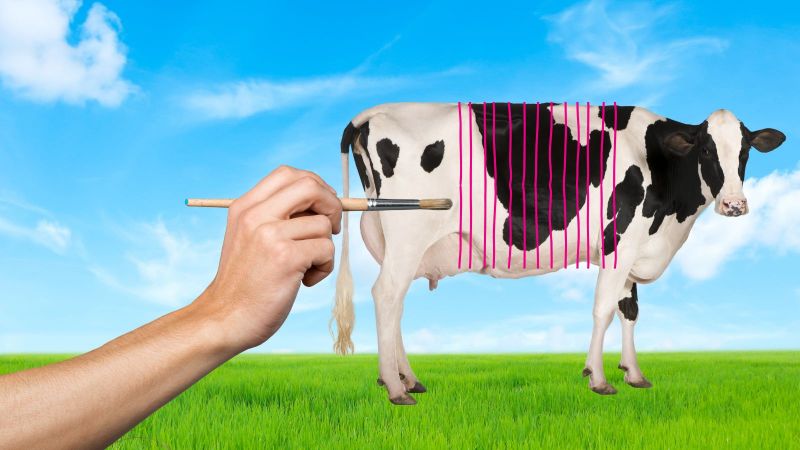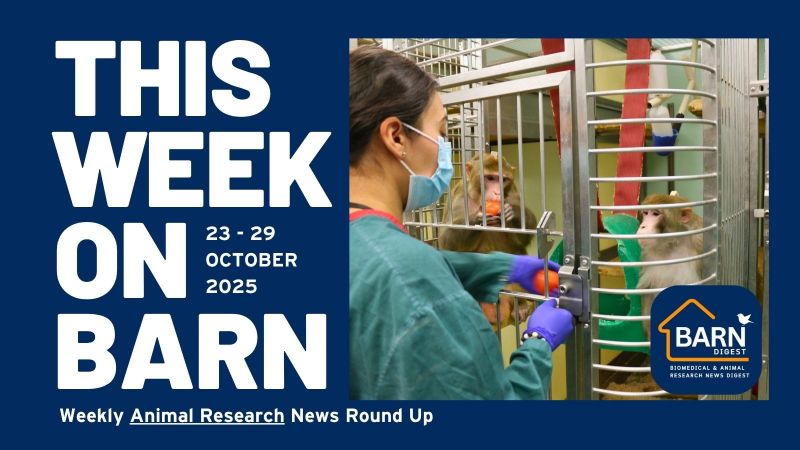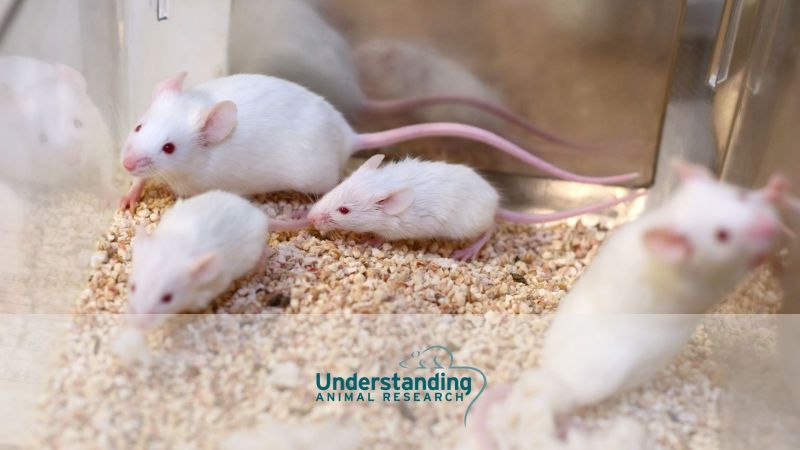UK animal research regulation
There have been special controls on the use of laboratory animals in the UK since 1875. These have been revised and extended over the course of more than 140 years, with the addition of an expert advisory committee to the Home Secretary, additional layers of ethical review, strict quality standards for labs and researchers, and species-specific requirements for care, housing and handling.
The core piece of legislation governing experiments is the Animals (Scientific Procedures) Act 1986 (ASPA). In 2012, ASPA was revised and updated to conform to European Directive 2010/63/EU on the use of animals in science, however this directive was itself heavily based on existing UK law.
These controls are widely regarded as the strictest in the world and are subject to ongoing refinement and review.
Central to the Animals (Scientific Procedures) Act 1986 is a harm-benefit assessment which must be applied before any research project involving animals can go ahead. Thus the costs, in terms of potential animal suffering, must be weighed against the potential benefits of the research. Animals must not be used if a non-animal alternative is available that can give equivalent data. Guidance on the operation of ASPA is constantly being updated, most recently in March 2020.
The guidance explains what ASPA requires and provides detailed directions to holders of the various licenses required to undertake research using animals as well as new licence applicants. It also provides guidance on how experiments should be classified in terms of their severity and advises on methods of humane methods of killing.
Licences
Three separate types of licence are required for animal research or testing. The Act says that animal procedures can only:
- take place in research institutes or companies which have appropriate animal accommodation and veterinary facilities, and have been granted a certificate of designation (establishment licence)
- be part of an approved research or testing programme which has been given a project licence
- be carried out by people with sufficient training, skills and experience as shown in their personal licence
Licences are only granted if:
- the potential results are important enough to justify the use of animals (the harm/benefit analysis)
- the research cannot be done using non-animal methods
- the minimum number of animals will be used
- dogs, cats, horses or primates are only used when other species are not suitable
- any discomfort or suffering is kept to a minimum by appropriate use of anaesthetics or pain killer
- researchers and technicians conducting procedures have the necessary training, skills and experience
- research premises have the necessary facilities to look after the animals properly (as laid down in a Home Office Code of Practice).
Additional controls
In addition, a whole new level of regulation took effect in April 1999, with the introduction of local ethical review. In most countries, the regulation of animal research operates either through local ethical committees or by statutory controls imposed by central government. The UK is the first country in the world to have both systems operating at the same time.
The Home Secretary is also advised by the Animals in Science Committee, an expert group that can assist with more ethically challenging applications as well as casting an eye over how the system in general is operating. Prior to this committee, the Animal Procedures Committee fulfilled an identical role, but there has been such a body since 1912, following the recommendations of the Second Royal Commission on Vivisection.
There are various non-legislative initiatives which form part of the regulatory environment. These include policy bans, such as the UK enacted in 1997 to prevent the use of animals in cosmetics testing without the need to change any laws. Similarly, ban on testing household products was a policy ban in 2011, before becoming law in 2015. The regulator can also decide to conduct special reviews into particular experiments of experimental methods, with a view to ensuring they are only permitted when appropriate.
The Home Office has run an inspectorate since 1875 and inspectors can themselves carry out thematic reviews or receive training in specialist areas of research with a view to their advice being up to date and appropriate.
In the past decade, the bioscience sector has been working with the Home Office in an attempt to streamline its processes so that faster and better decisions can be made regarding experiments. This helps to minimise the time that researchers and research animals alike have to spend waiting for bureaucratic processes to play out. This takes many forms, from researchers being able to receive advice on compliance before making an application, to the development of an online system for applications. This online system speeds up the process, gives everyone better, searchable data and allows regulators to identify where any bottlenecks are creating unnecessary delays.
Other relevant regulations
Safety testing is usually carried out so that medicines and other products* meet particular UK, foreign or international regulations. In 2010, about 10% of scientific procedures were conducted to comply with the provisions of such regulations. Relevant UK laws and regulations include:
- Medicines Act 1968
- Health and Safety at Work Act 1974
- Control of Substances Hazardous to Health 1988
- Control of Pesticides Regulations 1986
- Food and Environment Protection Act 1985
- Food Safety Act 1990
- Consumer Protection Act 1987
New products often have to undergo a range of different tests to meet the requirements of regulatory authorities in different countries. Efforts are being made to harmonise requirements, which should lead to further reductions in laboratory animal use.
The Home Office website has detailed information.
See also European Regulation.
* Household products have not been tested on animals in the UK since 2011 and such testing was formally banned in 2015. Cosmetic testing on animals was banned in 1998 in the UK.



